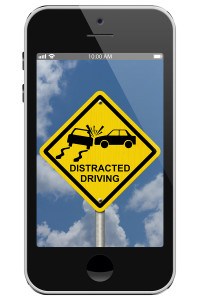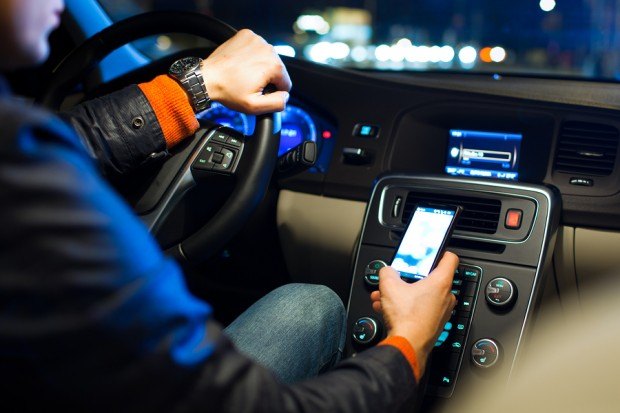
Most drivers who respond to personal texts, emails and calls while driving said they do so because they are afraid of an emergency or missing out on something important, according to a new survey from The Travelers Companies Inc.
These findings and others within the 2018 Travelers Risk Index offer carriers new insights into what can trigger distracted driving—a phenomenon that has become an ongoing problem for the insurance industry.
“There’s clearly a disconnect between drivers’ perception of what is safe and the reality of what is happening on our roads,” Joan Woodward, executive vice president, public policy, and president of the Travelers Institute, said in prepared remarks. “Lives are being lost to distracted driving-related collisions.”
Other survey results:
- A quarter of respondents said they multitask while driving because they believe they can do it safely.
- Just 12 percent said that they use safety features such as “auto-reply” and “do not disturb while driving,” even though many phones have those features.
Finding ways to reduce distracted driving has been high on the agendas of property/casualty insurance trade associations for some time now, as personal devices have become ubiquitous. A number of industry studies in recent years have also helped gain a better sense of how widespread distracted driving is and the problems it can cause.
Cambridge Mobile Telematics disclosed in April 2017, for example, that just over 52 percent of trips that ended up in a crash involved a distracted driving component, and the average length of the distraction before crashing was more than two minutes. In 2016, University of Alabama research determined that extroverted older adults and conscientious, curious teens could be more likely to engage in risky driving behavior, but agreeable teens were less likely to drive distracted. A State Farm survey back in 2013 found that cellphone use, texting and accessing the Internet while driving was on the rise with both younger and older drivers.
The Travelers Risk Index adds to the growing body of surveys and research on the matter. It takes another step as well, comparing its data with data from TrueMotion’s smartphone telematics apps that monitor driving behaviors such as distraction. What they found: Nearly 40 percent of drivers are distracted for an average of 15 minutes per hour driven.
“The first step to changing behaviors is being aware of them,” TrueMotion CEO Ted Gramer said in prepared remarks. “The Travelers Risk Index highlights that drivers are categorizing distraction as ‘someone else’s problem’ when they are the ones who are engaging in highly risky behavior.”
The Travelers Institute planned to share select findings from its Risk Index during its Every Second Matters symposium at the University of Colorado Denver on April 2, 2018. The event was planned in collaboration with the University of Colorado Denver Business School’s Risk Management and Insurance Program, Gamma Iota Sigma’s Beta Mu Chapter, the National Safety Council, the Road to Zero Coalition, the Colorado CPCU Society Chapter and Trusted Choice Insurance Agents of Colorado.
Travelers commissioned Hart Research to conduct its Travelers Risk Index survey. This was completed online through a survey of 1,000 consumers ages 18 to 69 in March 2018.
Source: Travelers





















 How Insurers Can Avoid Post-Merger Technology Failure
How Insurers Can Avoid Post-Merger Technology Failure  Why the Middle Market Matters and How Insurers Can Capture It
Why the Middle Market Matters and How Insurers Can Capture It  Nearly Half of 100 Largest P/C Insurers Destroy Value: ACORD
Nearly Half of 100 Largest P/C Insurers Destroy Value: ACORD  Underwriter, Actuary Fears of AI Drop; Work Needed on Collaboration
Underwriter, Actuary Fears of AI Drop; Work Needed on Collaboration 












